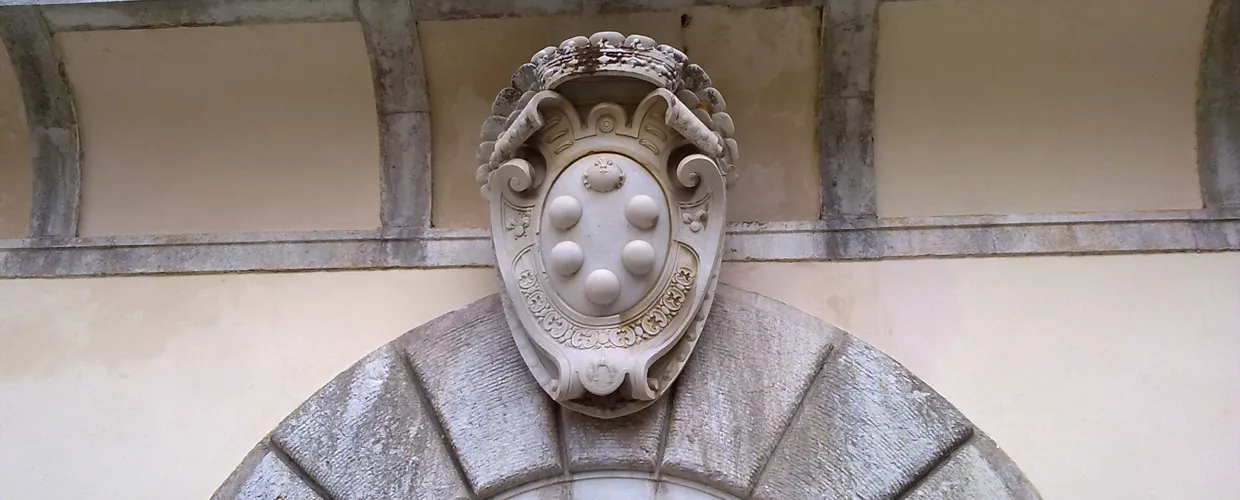This content was automatically translated. View the original text.


Overview
Upstream of Forte dei Marmi, provincial roads head up from the Tyrrhenian Sea in the hinterland of Versilia to reach one of the most conspicuous examples of the Medici presence in the Apuan Alps. Seravezza certainly cannot be called a town, yet it has the character of one, at least in the quiet grace of the 16th-17th-century church of Saints Lorenzo and Barbara, considered the local cathedral, and in the solemn elegance of the Palazzo Mediceo, which is found on the way out of the town towards Levigliani, and which is considered by UNESCO to be a World Heritage Site among Tuscany's Medici villas and gardens. It was built immediately after the middle of the 16th century by the Florentine Duke Cosimo I, who intended to restart the mining of marble and, at that time, silver lead. Today, the building houses the Museum of Work and Popular Traditions of Historic Versilia, as well as frequent temporary exhibitions. The Seravezza valley, so called because it lies at the confluence of the Serra and Vezza streams forming the Versilia river, was already colonised in Roman times. It then entered the history books for Michelangelo's stay in 1517, who stopped here in search of the marble veins of Monte Altissimo for his sculptures at the tomb of Julius II in Rome, and later in the 19th century as an exclusive holiday resort during the warm season. The surrounding nature should in itself reveal that you are close to the mountains. In fact, in Via S. Antonio, there is a Visitor Centre of the Apuan Alps Regional Park.
55047 Seravezza LU, Italia